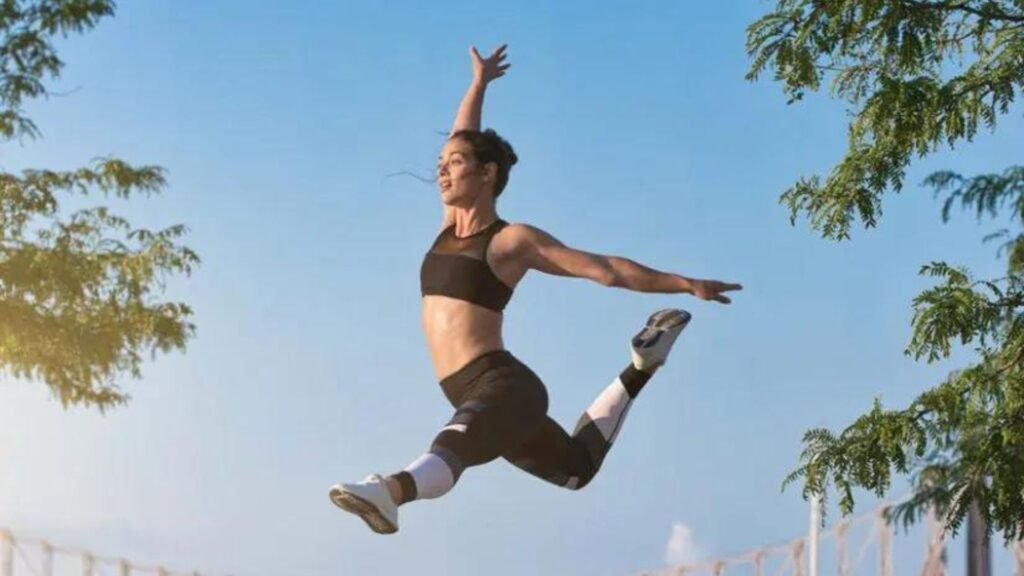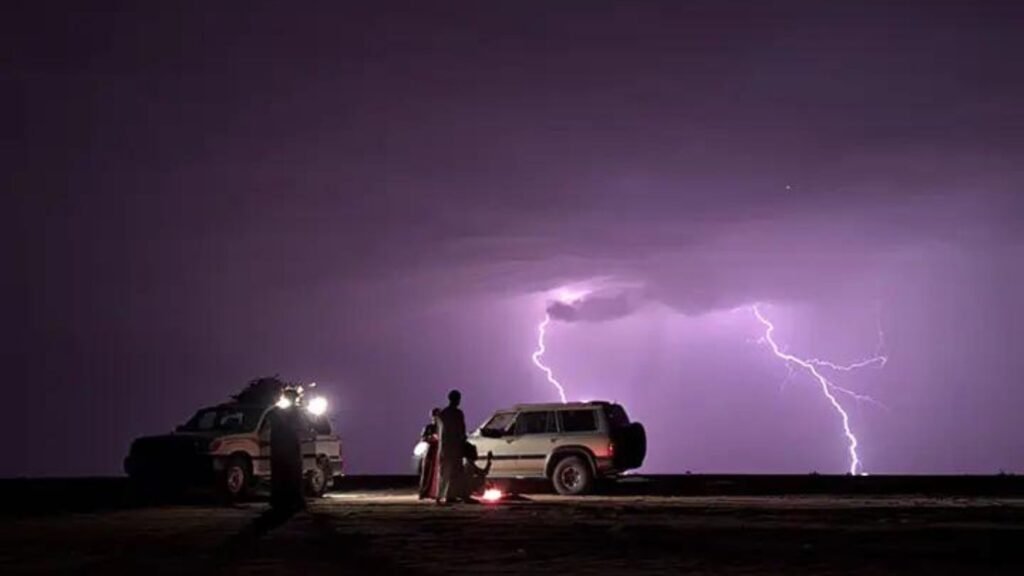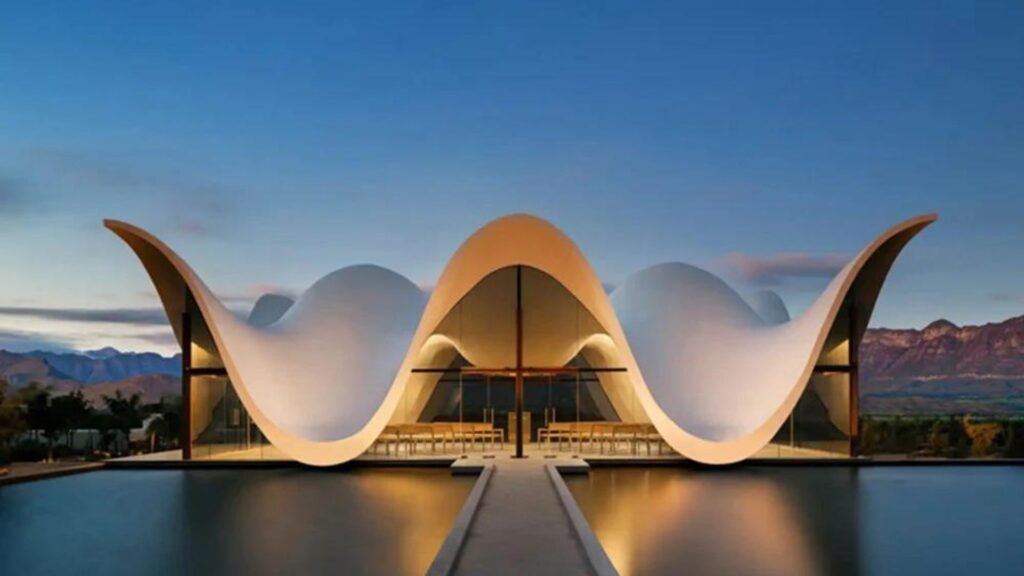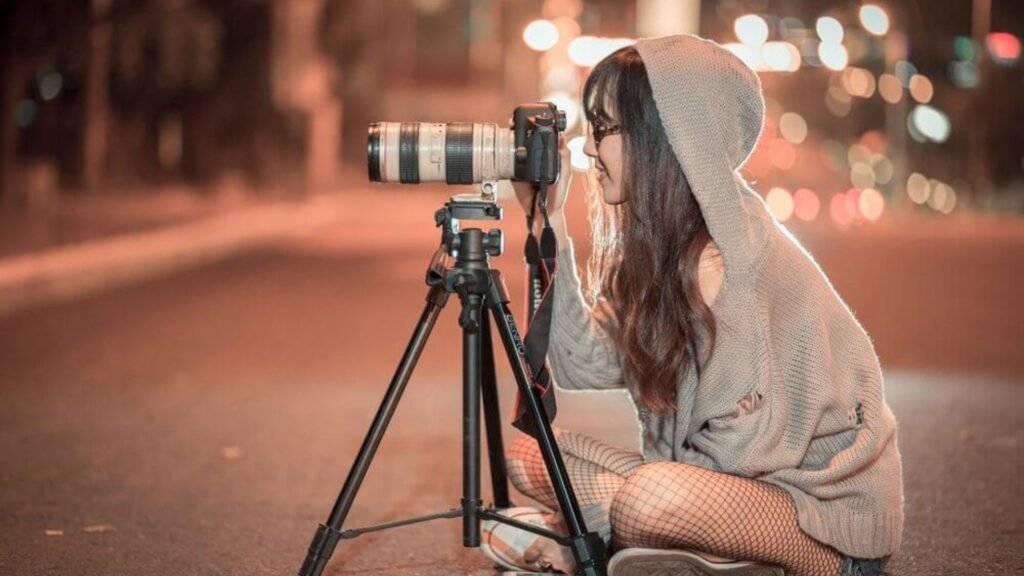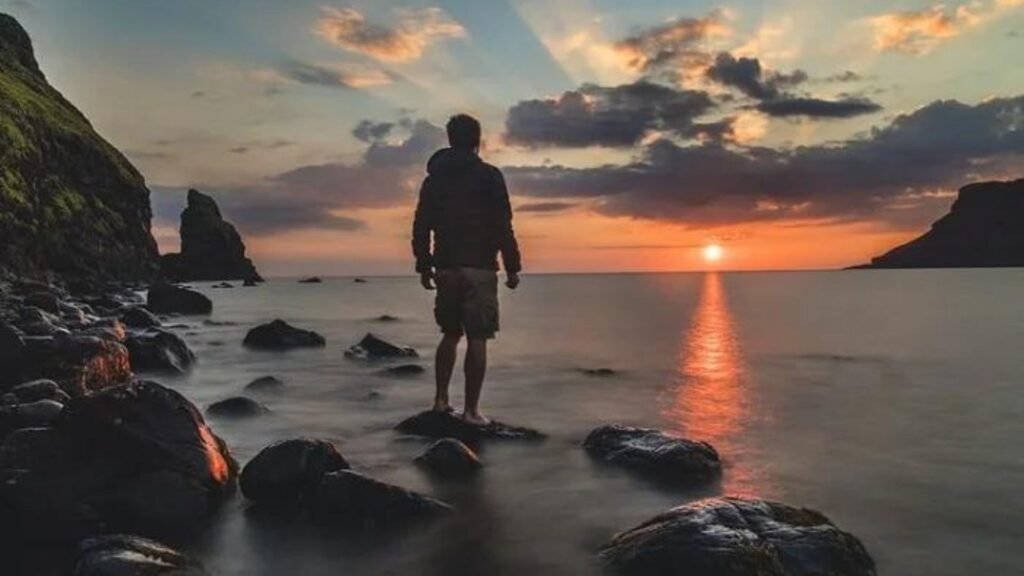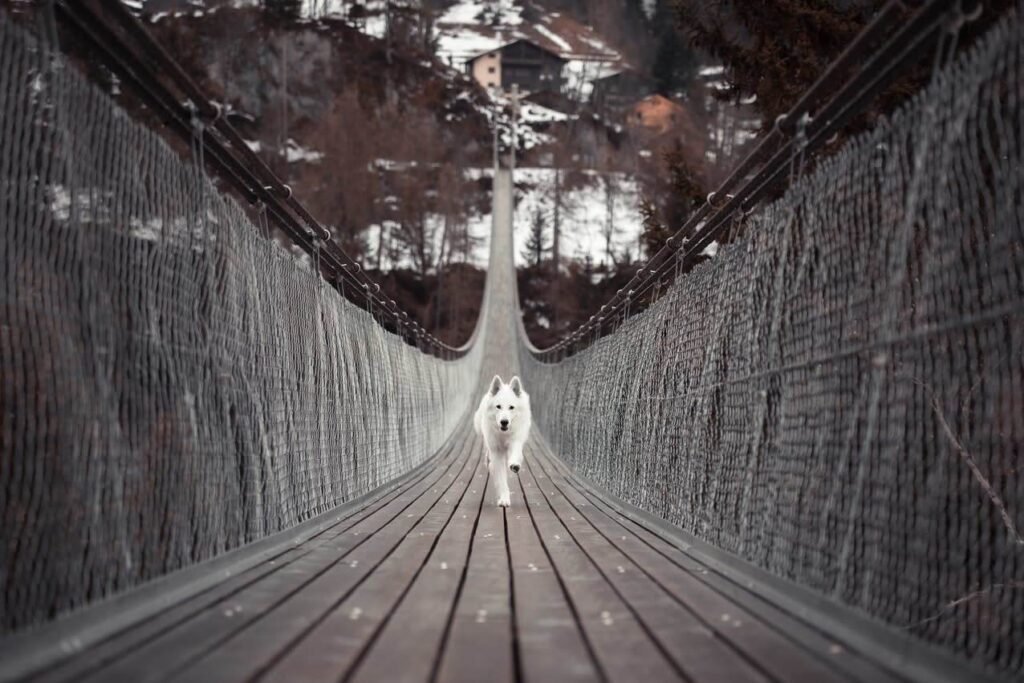Jul 3, 2024
Strategies for Photographing Silhouettes
Silhouette photography can create striking and dramatic images by emphasizing shapes and outlines against a bright background. Capturing silhouettes can be a fun and creative way to highlight the subject’s form and create a powerful visual impact. In this article, we will explore the best strategies for photographing silhouettes, ensuring you achieve stunning results.
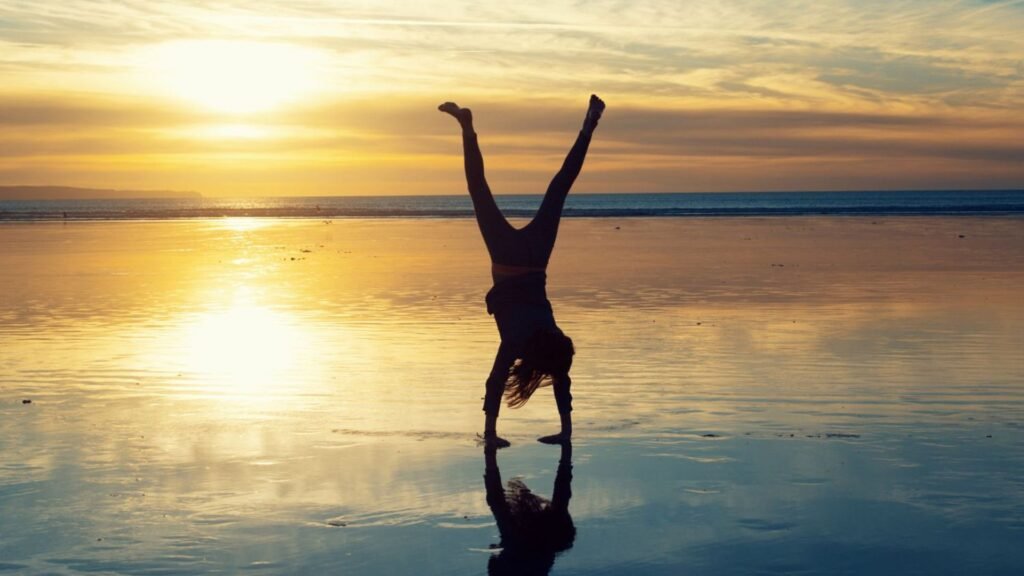
Choose the Right Lighting
- Backlighting: Place your subject in front of a strong light source, such as the setting sun, to create a clear silhouette.
- Golden Hour: Shoot during the golden hour (early morning or late afternoon) for softer, warmer light that enhances the silhouette effect.
Select the Right Subject
- Strong Shapes: Choose subjects with distinctive and recognizable shapes, like trees, people, or buildings.
- Simple Outlines: Ensure your subject has a clear and simple outline to create a strong silhouette.
Use Manual Mode
- Expose for the Background: Set your camera to manual mode and adjust the exposure settings to capture the brightness of the background, rendering the subject as a dark shape.
- Lower ISO: Use a low ISO setting to maintain the background’s vibrant colors and avoid noise.
Position Your Subject
- Clear Separation: Make sure there is clear separation between your subject and the background to avoid merging shapes.
- Interesting Angles: Experiment with different angles and positions to create dynamic and engaging silhouettes.
Focus on Composition
- Rule of Thirds: Use the rule of thirds to place your subject off-center, creating a balanced and visually appealing composition.
- Leading Lines: Incorporate leading lines in your composition to draw the viewer’s eye toward the silhouette.
Experiment with Different Perspectives
- Low Angle: Shoot from a low angle to emphasize the subject against the sky, creating a more dramatic silhouette.
- High Angle: Try shooting from a higher angle to capture the silhouette from a different perspective.
Pay Attention to the Background
- Clean Background: Ensure the background is uncluttered and free from distractions to keep the focus on the silhouette.
- Contrast: Look for backgrounds with strong contrast, like a bright sky or a colorful sunset, to make the silhouette stand out.
Use Post-Processing Techniques
- Adjust Contrast: Increase the contrast in post-processing to enhance the silhouette’s outline and make it more defined.
- Enhance Colors: Boost the colors of the background to create a more vibrant and eye-catching image.
- Remove Distractions: Use editing tools to remove any distractions or elements that detract from the silhouette.
Experiment with Silhouette Effects
- Reflection Silhouettes: Capture silhouettes reflected in water or other reflective surfaces to add depth and interest to your images.
- Multiple Silhouettes: Experiment with multiple subjects to create complex and intriguing silhouette compositions.
Conclusion
Silhouette photography is a powerful technique that can transform ordinary scenes into extraordinary images. By understanding the importance of lighting, selecting the right subjects, and focusing on composition, you can capture stunning silhouettes. Experiment with different angles, perspectives, and post-processing techniques to enhance your silhouette photography. With practice and creativity, you’ll master the art of photographing silhouettes and create captivating images that stand out.
More Details

